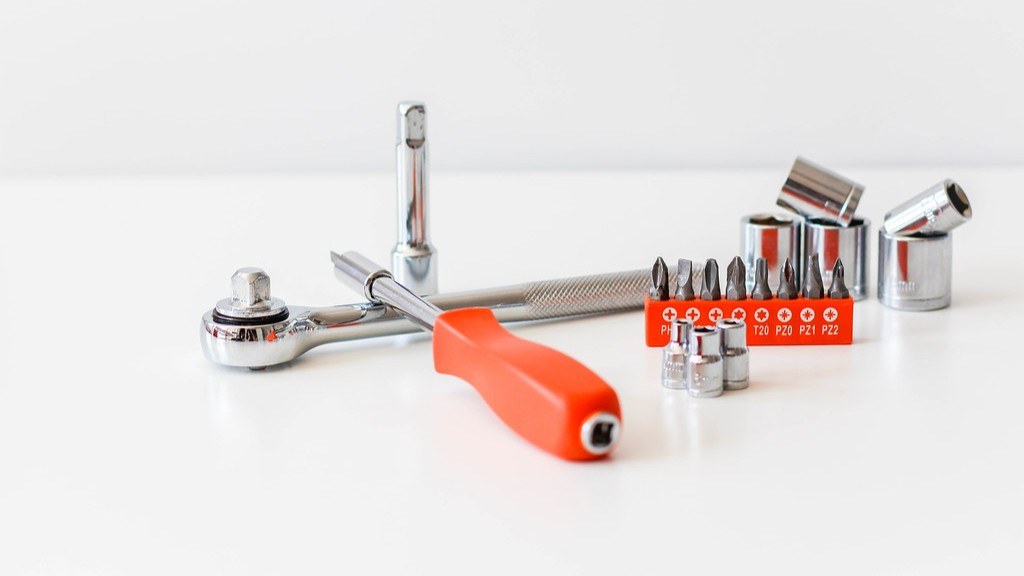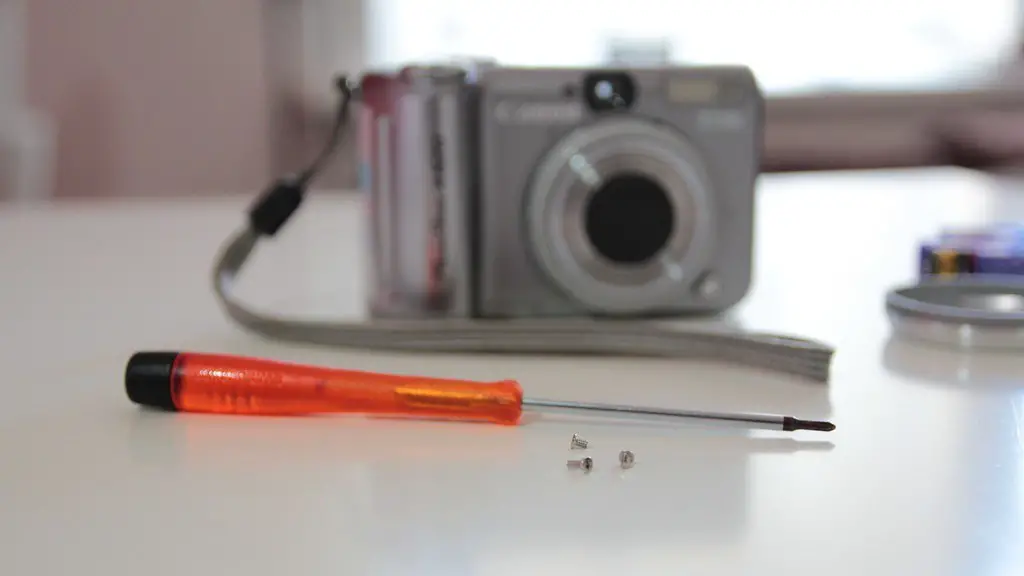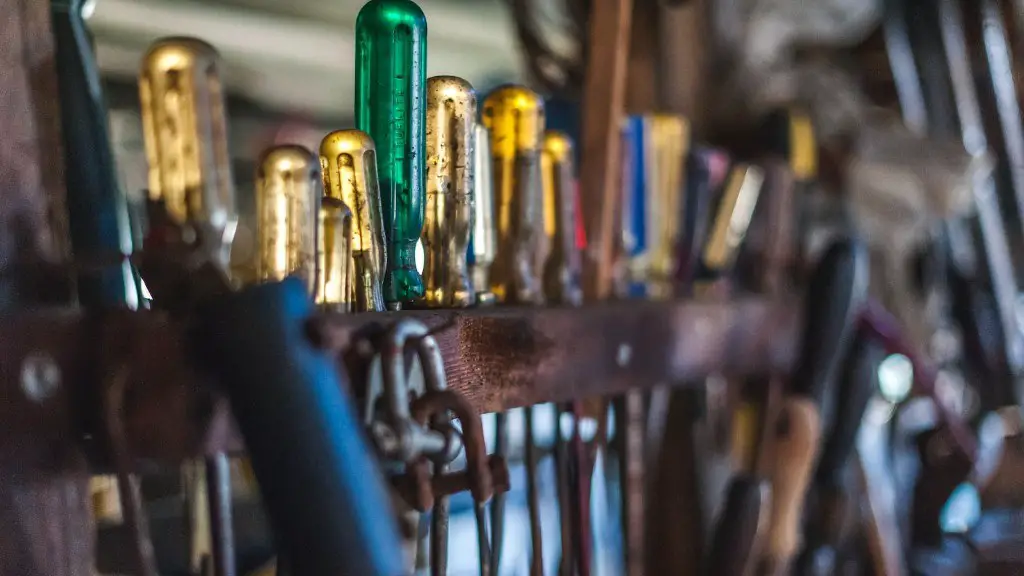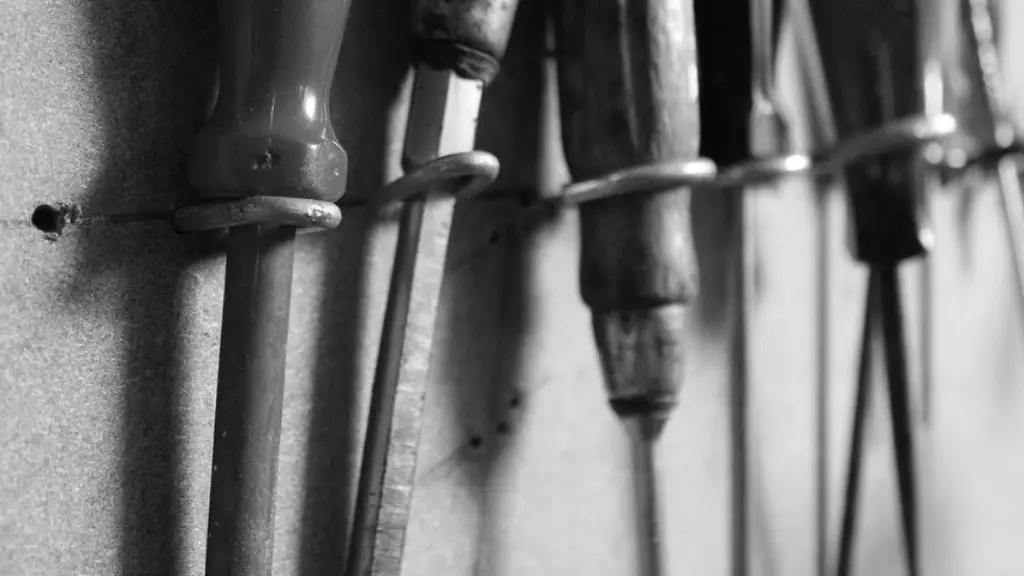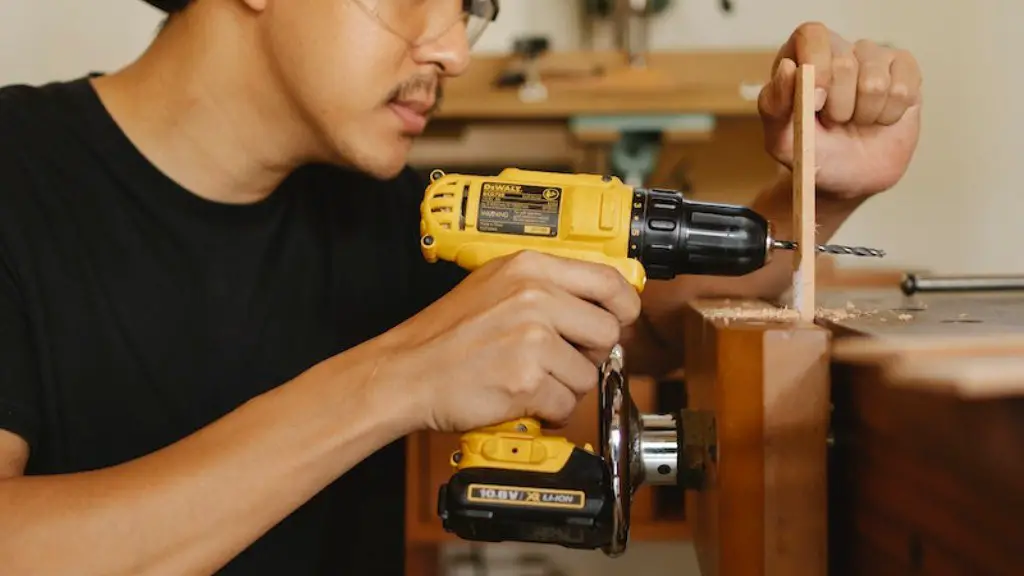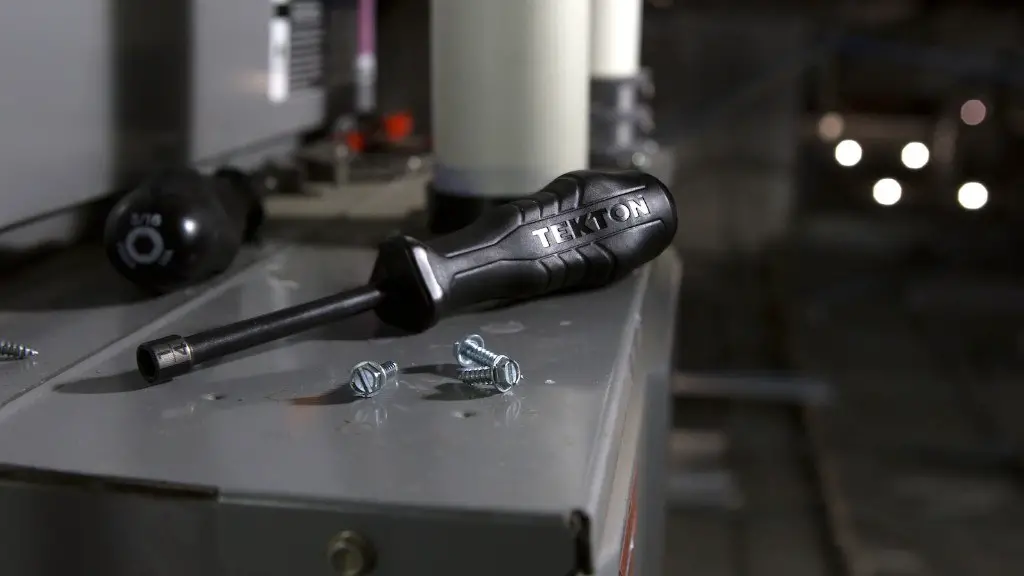Are you working on a project that requires removed screws, but don’t have a screwdriver small enough to do the job? If the screws are tiny enough, you may be able to unscrew them by using a knife in place of a screwdriver. Carefully insert the blade of the knife into the head of the screw. Apply pressure to the handle of the knife and twist. The screw should start to loosen and eventually come out.
There are a few ways to unscrew small screws without a screwdriver. One is to use a pair of needle-nose pliers to grip the head of the screw and twist it counterclockwise. Another is to use a knife or other sharp object to wedge underneath the head of the screw and pry it up.
What can I use as a substitute for screwdrivers?
For a flathead screwdriver, you need something thin and flat yet sturdy enough to turn the screw. Examples include a butter knife, a credit card, a metal nail file or tweezers. For a Phillips head screwdriver, you may be able to use a pocketknife as a makeshift screwdriver.
Pliers are a great tool for removing screws that are stuck or difficult to remove. Locking pliers or vise grip pliers work best for this purpose. Grip the screw on the sides and twist gently right and left until the screw is loosened enough to pull out.
How do you force a screw to unscrew
If you’re having trouble getting a screw out, rust may be to blame. To remove the rust and make the screw easier to remove, start by spraying it with a rust penetrant. Let the penetrant work for at least 15 minutes, then spray it again and tap the screw head with a hammer. After that, try using the screwdriver again.
If you’re having trouble holding onto small screws, try wearing a latex glove. The glove will give you a better grip and make it easier to hold onto the screw.
What can I use if I don’t have a mini Phillips screwdriver?
If you can’t find your Phillips head screwdriver but can find a flat head screwdriver, try using a flat head that is about the same length as the longer groove in the Phillips head screw. Insert the flat head into the longer groove and turn counterclockwise to unscrew.
If you have a screw without a head, you can remove it by grasping the end of the shank with pliers and turning the pliers to release the screw from the material. Pull out the screw and dispose of it properly.
Can you force a screw out?
If you need to remove a screw that is difficult to access, you can try drilling a small, shallow hole into the head of the screw. This will allow your screwdriver to sit deeper in the head of the screw and may make it easier to remove. Be careful not to drill too deeply or you may damage the screw. Apply downward force as you attempt to remove the screw.
This is a useful tip for when you have a stripped screw that you need to remove. By tapping the screwdriver with a hammer, you can sometimes get the screwdriver to seat itself deeper into the screw, giving you enough grip to turn it out.
Will vinegar loosen a screw
If you have a rusted nut or bolt that you can’t loosen, soaking a rag in a cola drink, club soda, or cider vinegar can help. Leave the wet rag on the nut for about an hour, and then try to loosen the nut again. Repeat this process if necessary.
If you’re having trouble loosening a nut with a traditional wrench, you can try using a coin as a makeshift grip. Place two large coins on either side of the nut, then grip them between the knuckles of your index and middle fingers. Twist in the direction needed to loosen the nut.
Do you turn clockwise or counterclockwise to loosen a screw?
This is a recent invention.
If you’re struggling to remove a screws, especially if they’re old or rusty, then an impact driver might be exactly what you need. With a hand impact driver, simply striking the tool with a hammer can loosen the screw, allowing you to remove it with ease.
Which tool is used to pick up small screws
A precision hex screwdriver is a great tool for turning small screws on sensitive electronic components. The driver has a handle with a rotating cap that allows the user to hold the shaft of the screwdriver steady while only rotating the cap at the back. This type of screwdriver is very precise and can be used to work on delicate electronics without damaging them.
Here with a vise, I was able to flatten out the end of the paperclip. And from there, I was able to easily bend it into the shape that I wanted.
Can you use a paperclip as a screwdriver?
A paper clip can double as a mini screwdriver in a pinch. Simply flatten the end with a hammer on a sturdy surface, and then use the flat end to tighten small screws. This is a handy trick for tightening screws on glasses or other small items.
To remove a Torx screw, you will need a small flat blade screwdriver and a Torx head. Insert your small flat blade screwdriver into the space within the Torx head and simply turn clockwise. You may need to provide some force to get the screw to turn.
Final Words
There are a few ways that you can unscrew small screws without a screwdriver. One way is to use a pair of pliers to grip the head of the screw and turn it. Another way is to use a knife or a metal nail file to pry the head of the screw up and turn it.
There are a few ways to unscrew small screws without a screwdriver. One way is to use a knife or another sharp object to twist the screw. Another way is to use a piece of string or dental floss. If the screw is very small, you may be able to use your fingernails.
